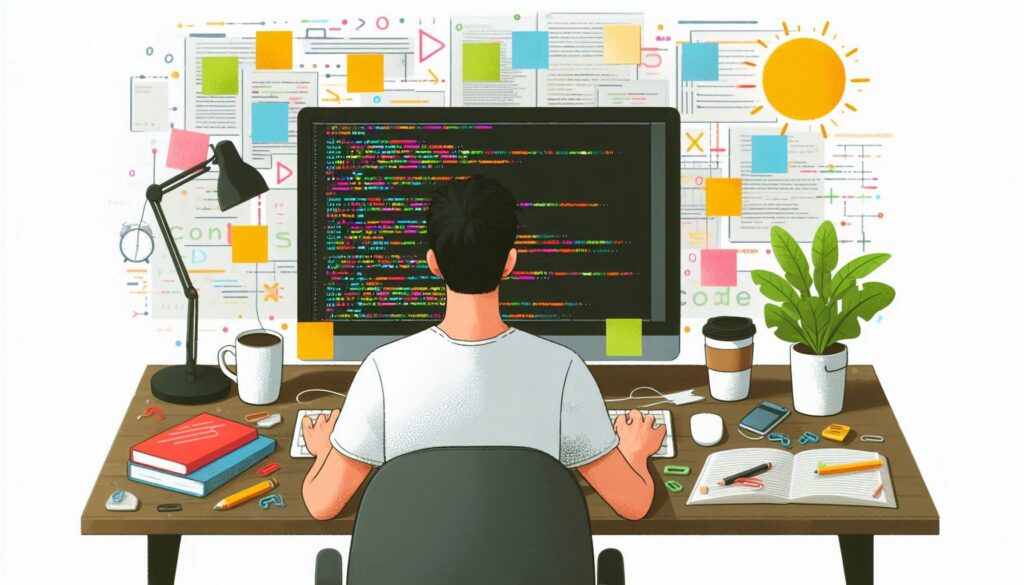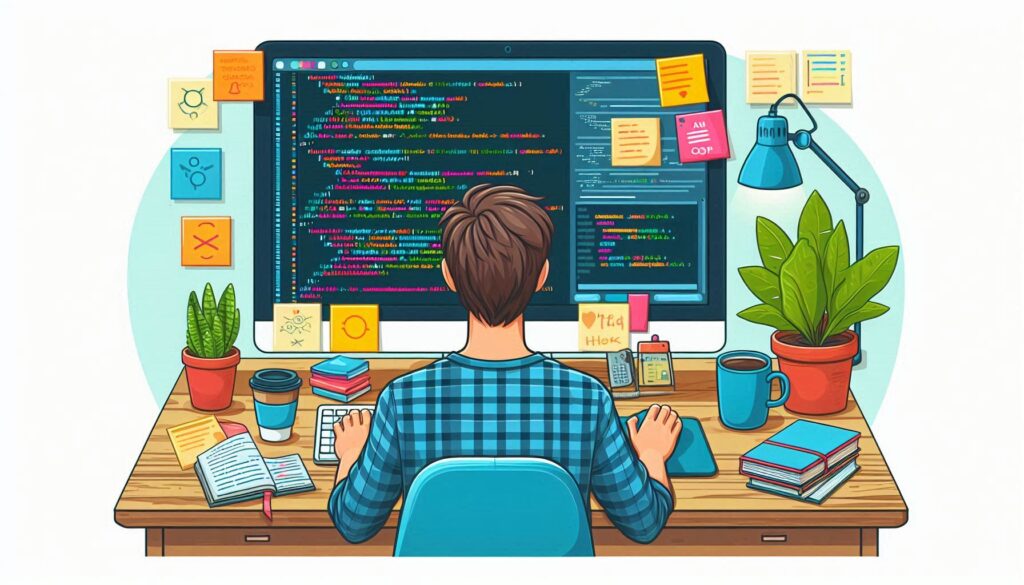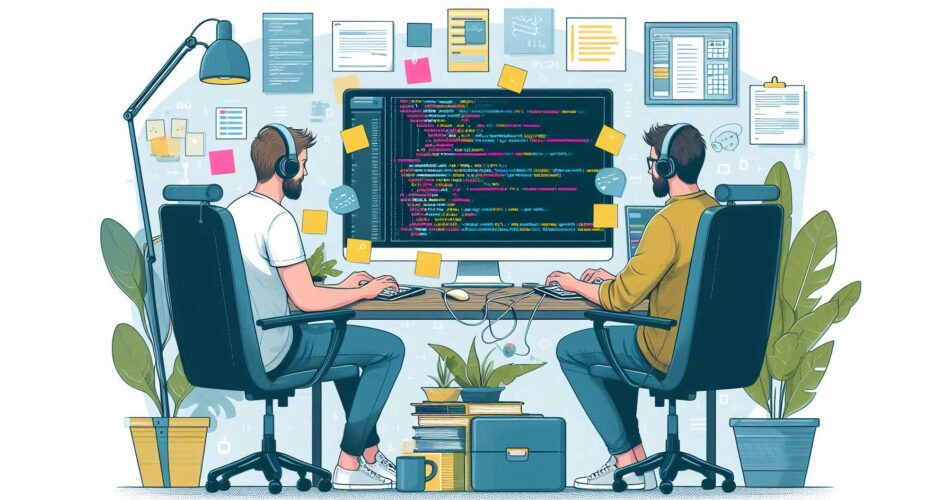“what is gl coding”Ever fired up a video game with jaw-dropping graphics and wondered, “How on earth did they do that?” Or did you marvel at the silky-smooth performance of a graphics-heavy app? The answer, my friends, often lies in the fascinating, and sometimes intimidating, world of GL coding.
But coding.
But fear not, intrepid tech explorer! This isn’t some exclusive club for coding wizards. GL coding, or OpenGL Shading Language Coding, is accessible to anyone willing to learn. In this beginner’s guide, we’re going to break down the basics, demystify the jargon, and get you excited about the incredible possibilities that GL coding unlocks. Let’s dive in!
What is GL Coding, Anyway? (And Why Should I Care?)
At its heart, GL code is a high-level programming language designed to communicate directly with your device’s graphics processing unit (GPU). Think of it as a secret handshake that lets you tap into the raw power of the hardware responsible for rendering everything you see on your screen, from simple 2D images to complex 3D worlds.
“But why should I care?” you might ask. Well, if youre even remotely interested in:
- Creating Stunning Visuals: GL code gives you granular control over how objects are rendered, enabling you to achieve breathtaking realism, special effects, and artistic flourishes.
- Boosting Performance: By optimizing code for the GPU, you can unlock incredible speed and efficiency, crucial for demanding applications like games and VR experiences.
- Exploring Cutting-Edge Tech: GL coding is at the forefront of fields like game development, virtual reality, and data visualization, making it a valuable skill for anyone interested in the future of tech.
- In short, GL coding empowers you to create things that look amazing and run flawlessly. Who wouldn’t be excited about that?

What Does GL Code DO? Unveiling its Powers and Possibilities
Imagine your GPU as a highly specialized factory, capable of processing massive amounts of visual data with incredible speed. GL code is the set of instructions you feed into this factory, dictating precisely how to handle each pixel, vertex, and texture to achieve your desired visual output.
Here’s a glimpse of what you can achieve with the power of GL code:
- Manipulate Objects in 3D Space: Define the shape, position, rotation, and movement of objects within a virtual environment.
- Apply realistic textures: wrap 2D images onto 3D objects, adding detail, depth, and visual richness.
- Control Lighting and Shadows: Simulate realistic lighting effects, creating ambiance, depth, and visual drama.
- Implement Mind-Blowing Effects: From fire, smoke, and water to motion blur and depth of field, GL code empowers you to create stunning visual effects that bring your projects to life.
Essentially, GL code hands you the keys to a powerful graphics engine, allowing you to fine-tune every aspect of the rendering process.
GL Code in Action: Real-World Examples That’ll Blow Your Mind
Let’s move from the abstract to the awe-inspiring and explore how GL code is used to create amazing things in the real world:
- Video Games: Popular game engines like Unity and Unreal Engine rely heavily on GL code for rendering stunning graphics, simulating complex physics, and creating immersive gameplay experiences. Think about the breathtaking landscapes of “Red Dead Redemption 2” or the fluid combat animations in “God of War”—all made possible with GL code!
- Mobile Apps: Many photo editing apps, social media filters, and even map applications utilize GL code to deliver smooth animations, real-time effects, and visually appealing interfaces. You love that face-swapping filter? GL code is probably working its magic behind the scenes.
- Web Development: WebGL, a JavaScript API based on OpenGL (the foundation of GL code), brings hardware-accelerated 3D graphics to the web. This means you can create interactive 3D models, data visualizations, and even entire games that run directly in your web browser—all thanks to the power of GL code!
These are just a few examples of the incredible things you can achieve with GL code. From entertainment to education to cutting-edge research, the possibilities are virtually limitless!

GL Code: Breaking Down the Basics of its Structure and Format
Now, let’s peek under the hood and explore what GL code actually looks like. Don’t worry; we’re not diving into complex algorithms here. Instead, we’ll focus on the fundamental building blocks that form the foundation of this powerful language:
- Data Types: Like most programming languages, GL code uses data types such as
float(decimal).
